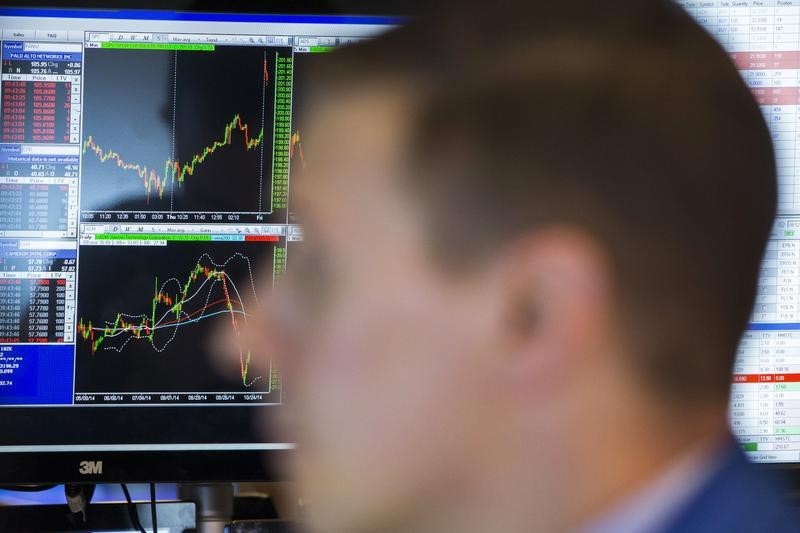The Bank of England could cut rates next week, Deutsche Bank says. Here’s why.
GreenRoc Strategic Materials PLC (AIM:GROC) CEO Stefan Bernstein talked with Proactive about the company’s efforts in developing the world-class Amitsoq graphite deposit in Greenland. He explained the high-grade graphite's applications, including its critical role in the energy transition as active anode material for batteries.
Bernstein highlighted the company's dual focus: producing graphite concentrate from the mine and establishing a subsidiary in Norway to process it into battery-grade material. The decision to base the plant in Norway leverages the country's low-cost hydropower and supportive battery strategy.
Proactive: I know you had some recent news, which we’ll discuss shortly, but first, could you provide some background on the company?
Stefan Bernstein: Yes. We are a UK-listed company developing the Amitsoq deposit in Greenland towards production. Amitsoq is a large graphite deposit with world-class grades. We're aiming to produce graphite concentrate from that mine and to process it into active anode material, which is a critical raw material for the energy transition.
Proactive: What type of graphite are you focusing on, specifically regarding the flake size?
Stefan Bernstein: Traditional uses of graphite require coarse-grained material, which commands the highest prices. We have a fair amount of that in our deposit. For anode material, however, we grind the graphite down to a certain size, so it's less dependent on coarser fractions. We plan to sell some for traditional uses while dedicating 80–90% for producing active anode material.
Proactive: You mentioned establishing a Norwegian subsidiary for battery-grade graphite production. Can you elaborate on that?
Stefan Bernstein: Sure. Processing into active anode material is technically challenging, requiring high purity and energy-intensive processes. Southern Norway is ideal for this due to its low-cost hydropower, low CO2 emissions, and a tradition of mineral processing. Norway also has a national battery strategy with supportive measures for this industry, so we’re locating our plant there.
Proactive: What's the timeline for these developments?
Stefan Bernstein: Building the mine involves a couple of years of work, including definitive feasibility studies and final investment decisions. Construction will take two years, so we aim to start production by late 2028 or early 2029. The downstream business, involving the anode processing plant, follows a similar timeline, ensuring we're ready to ship processed material once mining begins.
Proactive: Looking ahead to next year, what will be the company’s focus in 2025?
Stefan Bernstein: Securing offtake agreements is key. We’ve signed an MoU with Morrow Batteries, a battery company in southern Norway, and are in talks with automakers and other battery industry players. Financing is another priority. We’re exploring partnerships and public funding opportunities, including applying to the EU's Critical Raw Materials Act and leveraging Norway's battery strategy.
Proactive: Thank you, Stefan. It sounds like exciting developments are underway. We look forward to following your progress.
